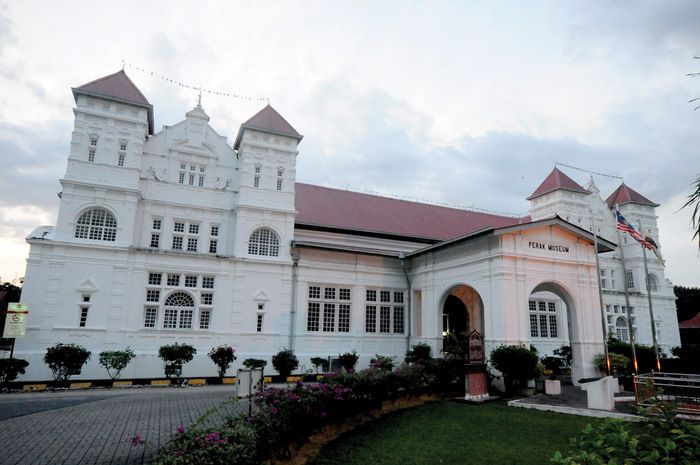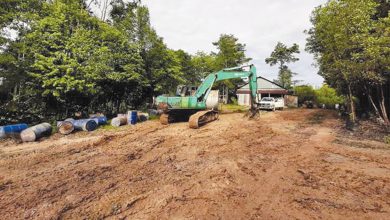Museums: Dusty storerooms or centres of culture?


By Mariam Mokhtar
Few Malaysians visit museums even if one is near their home. To put it bluntly, many Malaysians simply do not appreciate the value of museums.
A museum contains our cultural wealth and consciousness. It houses the artefacts, and the records of the various conflicts which have shaped our nation. The dioramas teach us that our geography, history, economy and agriculture have made us into what we are today.
The museum can act as a focus of national unity, where clever curators can build bridges to ensure peace and understanding between different communities, races, cultures and beliefs. Our cultural heritage and the things that bind us, like fighting against a colonial power or threat of invasion, can be exploited by museum officials to foster unity in people.
With cleverly designed programmes, the materials and information available in the museum could be used to educate museum visitors and children, about their rich past. This gives them a deeper understanding of their origins and history. Exhibits can also make us proud of what our forefathers achieved. Our responsibility, as guardians of history, is to safeguard this treasure for future generations to appreciate.
Malaysia’s oldest museum is the Perak Museum, which was built by the British in 1883. The neo-classical building, which houses many rare collections over a hundred years old, nestles in the leafy surroundings of Taiping. The Perak Darul Ridzuan Museum in Ipoh, was originally the mansion of a tin towkay – Foo Choong Kit. The artefacts in it, give a good overview of the historical, archaeological, cultural and natural history of Perak. In nearby Gopeng, the privately-owned Gopeng museum houses an excellent collection of well-maintained pieces, offering visitors a glimpse into Gopeng’s past.
Many people think local museums are boring places with dust covered exhibits, inadequately researched pieces and poorly labelled items which visitors find uninspiring.
Perhaps, you are a culture snob, in that you would only visit famous museums, like the Smithsonian, The Louvre, or the Imperial War Museum in New York, Paris and London respectively. Maybe, you visit museums, only when you are on holiday abroad, because this is what a tourist does.
So, when was the last time you visited a museum? Last week, last month, many years ago or never?
If you prefer overseas museums, is it because they have more attractions? Overseas museums contain many treasures, which were collected from countries, like Malaysia, when they were under colonial rule. The Koh-i-Noor, one of the world’s largest diamonds, and The Elgin Marbles were brought from India and Greece and are on permanent display at The Tower of London and the British Museum, respectively.
Others claim that they rarely visit museums, because they are put off by the entry charge. One person said, “Museums should be free, to encourage more public interest. I don’t know what I am paying for and I do not know if it will be exciting.”


Her colleague, who works at a local university said, “At the Natural History Museum, we encountered whole classes of children, accompanied by teachers and chaperones, who engaged in discussions with the museum assistants. It is this type of learning process, where the artefacts are displayed, and which continues outside school, which makes learning more interesting. “Some of the groups had very young children, but all the children were actively participating in the discussion. I wish we had a similar system in Perak.”
Another Ipoh teacher expressed her disappointment with local museums and the lack of publicity about them. She said, “We have many museums in Perak, which have become white elephants. Visiting a museum gives a better insight into our heritage and the learning of history. In Canberra Australia, it is compulsory for the students to visit the main museum at least once during their time at school. Malaysia should adopt this principle.”
This teacher asked her students about museums in Ipoh, and was shocked by their responses; “They know the Geological Museum, only because they pass it, on their daily commute. They have not heard, nor been to the Ipoh Museum, at Jalan Panglima Bukit Gantang. They are not aware that Kuala Kangsar has three museums and Taiping has two – one at Matang and one in Taiping town.
“Museum displays should be highlighted and students should be taken there, at least once in their school life. Curators should spruce-up the place. Museums can create greater awareness of the historical aspects of modern Malaysia.”
These teachers believe that museums should be fun places, where learning is an ongoing process. So, will the museums in Perak take up the challenge, set by these teachers?


